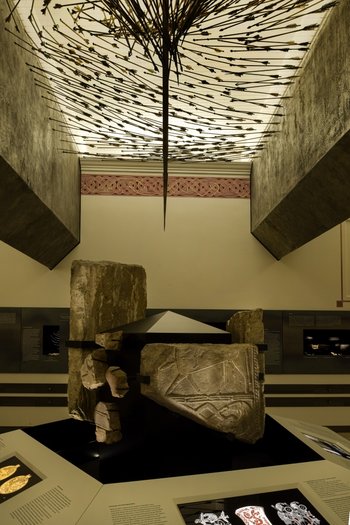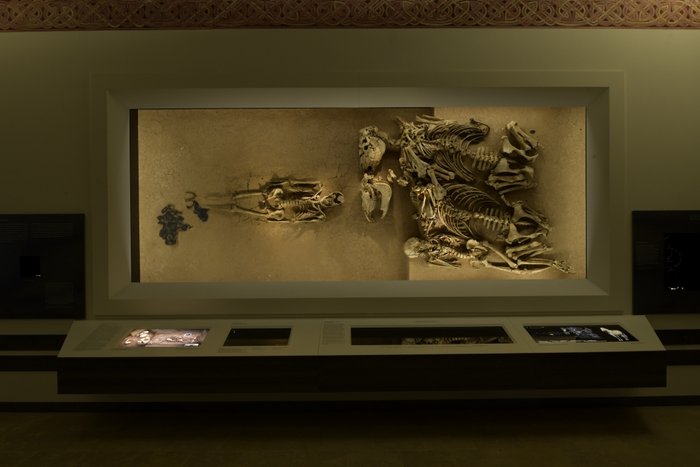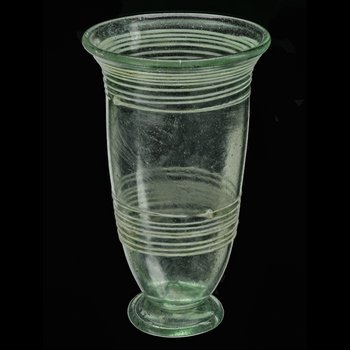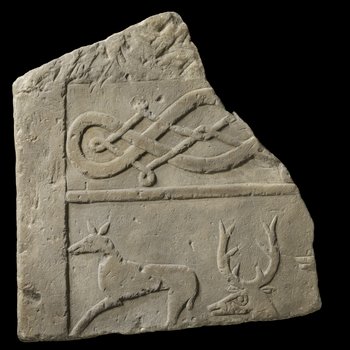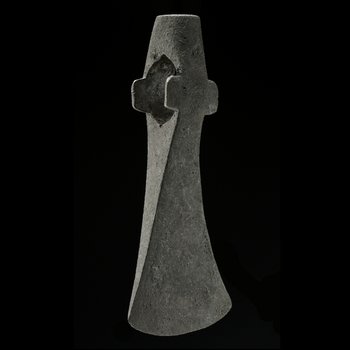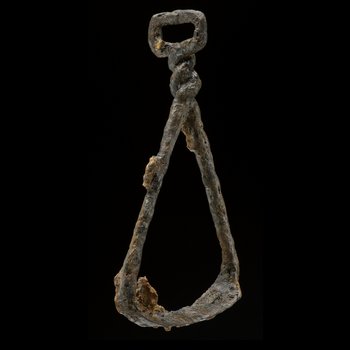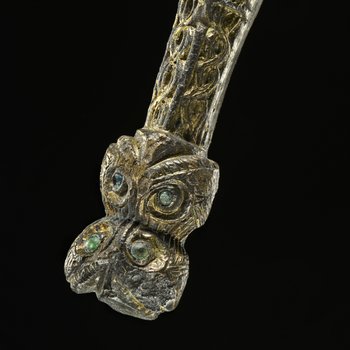Clash of Cultures
The Early Middle Ages
6th century to the middle of the 10th century AD
After the Thuringian Empire was crushed in AD 531, new groups from several directions advanced into the partly depopulated region. The Thuringian heartland fell to the Franks, while northern Germanic tribes, Avars and Slavs tried to gain a foothold in the eastern and northern peripheral areas. The different parts of the population and their interests led to a mixed situation, which is described by the heading ›Clash of Cultures‹.
The Franks, who established monarchy and Christianity, ultimately prevailed. The main exhibit of this section is the equestrian stone of Hornhausen from the middle of the 7th century AD, which is also to be found in the logo of the State Office for Heritage Management and Archaeology Saxony-Anhalt. The stone slab depicting a horseman with helmet, lance, sword, and shield comes from a Saxon burial monument. Figurative representation and ornamentation refer to the old world of faith that was in the process of dissolution. From 919 onwards, royal power passed into Saxon hands with Henry I.
